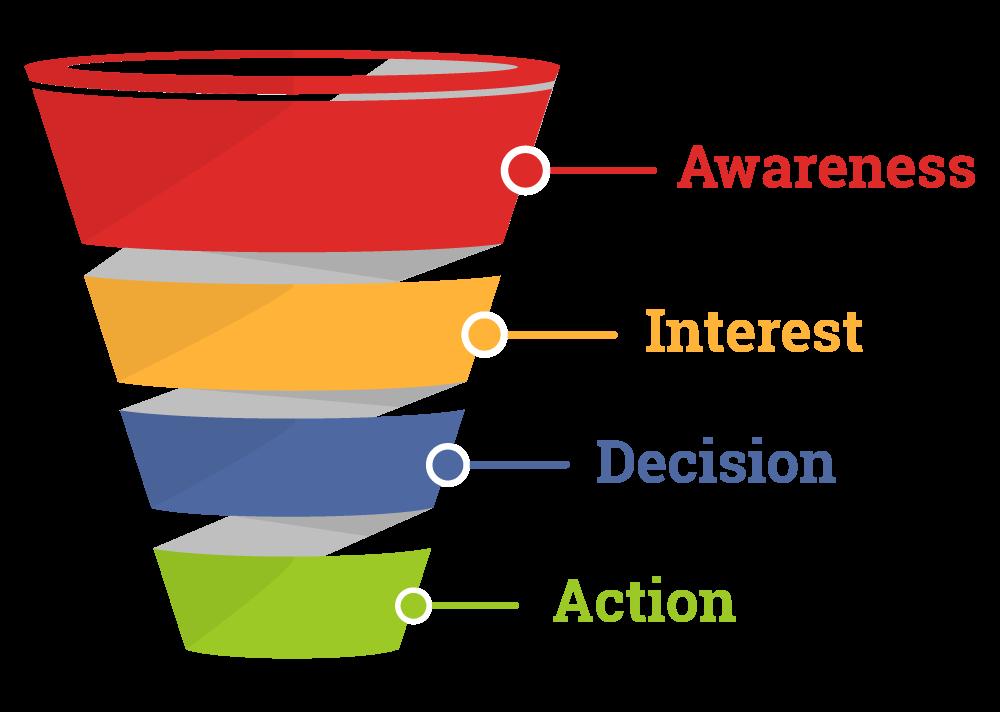Introduction
In today’s data-driven world, businesses need to track their progress and make informed decisions based on concrete data. This is where business success metrics, also known as key performance indicators (KPIs), come into play. By establishing and monitoring these quantifiable measurements, business leaders can gain valuable insights into their team’s performance, assess the effectiveness of their strategies, and drive continuous improvement.
This comprehensive guide will delve into the world of business success metrics, exploring their significance, providing real-world examples across different departments, and offering practical tips for implementation.
What are Business Success Metrics?
Business success metrics are quantifiable measures that businesses use to track their progress toward specific goals and objectives. These metrics serve as benchmarks, enabling businesses to evaluate their performance over time, identify areas for improvement, and make data-driven decisions.
The Importance of Tracking Business Success Metrics
Tracking business success metrics offers a multitude of benefits, including:
1. Aligning Teams and Goals
By establishing clear metrics, businesses ensure that all teams are working towards common objectives. When everyone understands the metrics that matter, they can prioritize tasks and make decisions that contribute to overall success.
2. Measuring Strategy Effectiveness
Business success metrics provide a framework for evaluating the effectiveness of strategies and initiatives. By monitoring these metrics, businesses can quickly identify what’s working, what’s not, and make necessary adjustments along the way.
3. Data-Driven Decision Making
In the past, businesses often relied on intuition or guesswork when making decisions. With business success metrics, decision-making becomes data-driven and objective. Historical data and trends can be analyzed to identify patterns and inform future strategies.
4. Identifying Weak Points
By tracking multiple metrics, businesses can pinpoint areas where their strategies might be falling short. This allows for targeted interventions and optimization efforts, improving overall efficiency and effectiveness.
Examples of Business Success Metrics by Team
Different teams within a business have distinct goals and responsibilities, requiring specific metrics tailored to their functions. Let’s explore some common examples:
1. General Business Metrics
- Gross Profit Margin: Measures the profitability of a business by calculating the percentage of revenue remaining after deducting the cost of goods sold.
- Return on Investment (ROI): Calculates the profitability of an investment by comparing the gain or loss from the investment to its cost.
- Productivity: Measures the efficiency of a business in producing goods or services by comparing output to input.
- Total Number of Customers: Tracks the growth of the customer base over time.
- Recurring Revenue: Measures the predictable revenue generated from subscriptions or recurring contracts.
2. Marketing Metrics
- Daily/New Web Traffic Users: Track the number of visitors to a website, indicating the reach and effectiveness of marketing campaigns.
- Email Open and Click-Through Rates: Measure the engagement levels of email marketing campaigns.
- Number of Leads Generated: Tracks the effectiveness of marketing efforts in generating potential customers.
- Conversion Rate: Measures the percentage of leads that convert into paying customers.
3. Customer Success Metrics
- Net Promoter Score (NPS): Gauges customer loyalty and satisfaction by asking customers how likely they are to recommend a product or service.
- Customer Retention Rate: Measures the percentage of customers who continue doing business with a company over a specific period.
- Customer Churn Rate: Tracks the percentage of customers who stop doing business with a company over a specific period.
- Average Customer Lifetime Value (CLTV): Calculates the total revenue a business can expect to generate from a single customer over their lifetime.
4. Sales Metrics
- Number of Qualified Leads: Tracks the number of potential customers who meet specific criteria and are more likely to convert into paying customers.
- Lead-to-Customer Conversion Rate: Measures the effectiveness of sales efforts in converting leads into paying customers.
- Customer Acquisition Cost (CAC): Calculates the cost associated with acquiring a new customer.
- Average Deal Size: Tracks the average revenue generated per closed deal.
5. Developer Metrics
- Product Uptime: Measures the percentage of time a software or system is operational and available to users.
- Bug Response Time: Tracks the efficiency of resolving software bugs and issues.
- Daily/Monthly Active Users (DAU/MAU): Measure user engagement and product stickiness.
- Cycle Time: Tracks the time taken to complete a development cycle, from ideation to deployment.
6. Human Resources (HR) Metrics
- Employee Satisfaction: Measures employee morale, engagement, and overall satisfaction with their work environment.
- Employee Retention Rate: Tracks the percentage of employees who remain with a company over a specific period.
- Time to Hire: Measures the efficiency of the hiring process.
- Employee Net Promoter Score (eNPS): Gauges employee loyalty and their likelihood to recommend the company as a great place to work.
Implementing Business Success Metrics: Best Practices
- Define Clear Objectives: Start by clearly defining the business goals and objectives you want to achieve.
- Choose Relevant Metrics: Select metrics that are directly aligned with your objectives and provide meaningful insights.
- Set Realistic Targets: Establish achievable yet challenging targets for each metric to drive performance and improvement.
- Track Metrics Consistently: Establish a regular reporting cadence to track progress, identify trends, and make informed decisions.
- Use Data Visualization Tools: Utilize dashboards and charts to visualize data, making it easier to interpret and share insights.
- Continuously Evaluate and Adjust: Regularly review your chosen metrics and targets, making adjustments as needed to ensure they remain relevant and aligned with evolving business goals.
Conclusion
In today’s dynamic business environment, tracking and measuring success is paramount. Business success metrics provide the compass and roadmap for organizations to navigate challenges, capitalize on opportunities, and achieve sustainable growth. By embracing a data-driven approach, businesses can gain a competitive edge, make informed decisions, and drive continuous improvement across all departments.


